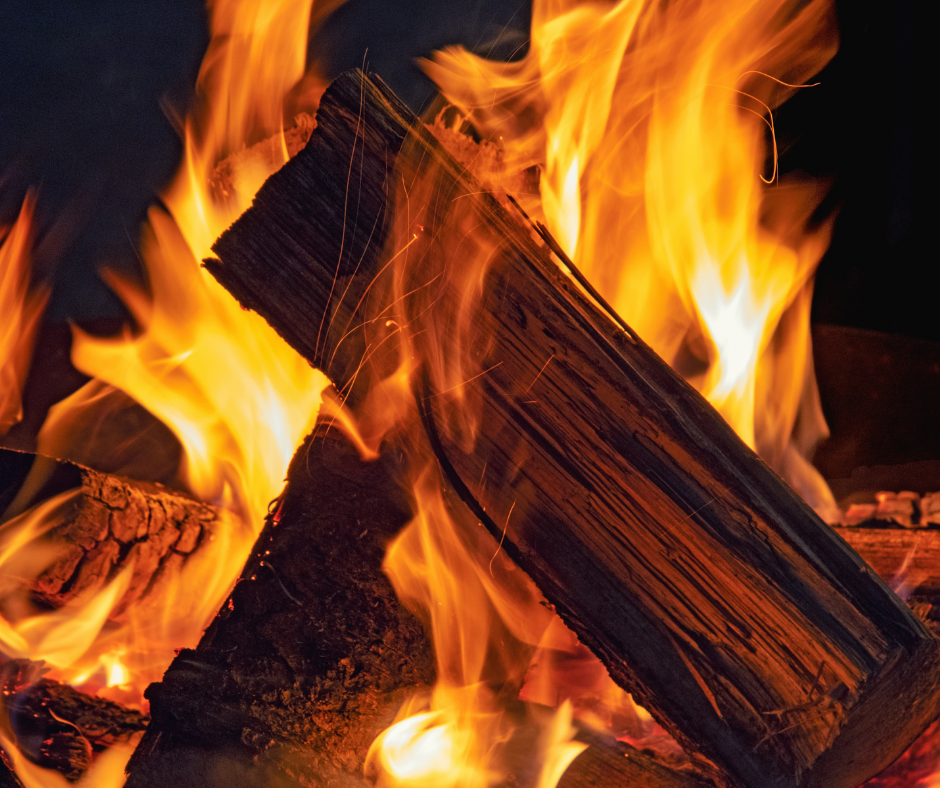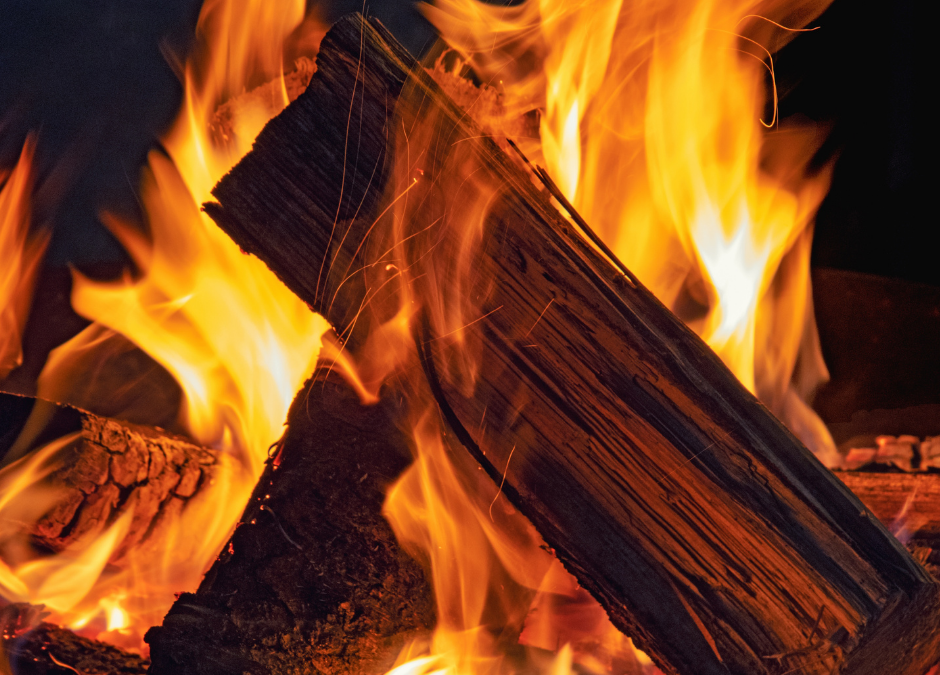
What does it mean to burn ecologically in a fireplace?
Ecological fireplace burning is that which emits a limited amount of harmful compounds into the atmosphere air pollutants. Compounds such as carbon oxides (CO), nitrogen oxides (NOx), organic gaseous particles (OGC) and particulate matter (PM) can lead to the formation of smog, for example.
Ecological fireplace burning uses the energy contained in the fuel so that as much of the heat gained from burning wood as possible is used to heat the house, while as little heat as possible escapes up the chimney. (so-called useful efficiency, which, according to the latest European Union 'Ecodesign' directive (Ecodesign) in force from 2022, should be over 75%).
It should be remembered that this purchase of an ecological fireplacethat meets all European requirements is first step to make our fireplace burning environmentally friendly. Also important is its reasonable and correct use on a daily basis.
No fireplace can make ecological combustion without the help of the user.. Correct burning by the user already starts when selecting the fuel and where to store it.
Is burning wood ecological? Which wood for the fireplace should I choose?

The choice of wood is very important for environmentally friendly fireplace burning. The first and most important thing is to choose hardwood. Conifers have a very high resin content, so that when they burn, they produce a lot of smoke and soot, which stays in the fireplace and chimney, causing hard-to-remove stains on the glass.
Another important factor to consider is the moisture content of the wood. The fuel we choose should contain less than 20% of moisture (inside after splitting). Of course, the less the better - Our recommended humidity level is below 15%. Wood for the fireplace should be stored in a dry, ventilated place.
If we burn wood in the fireplace with a moisture content of more than 20% our burning is not only uneconomic (such wood has a much lower calorific value, so much more is needed) it is additionally non-environmentalas its combustion produces significantly more pollutants and harmful compounds released into the atmosphere.
What type of wood to burn in the fireplace will be the best?

Another important element to pay attention to is the type of wood chosen. Different types of wood have different density, calorific value, price and drying period.
Low-density, medium-calorific wood that dries faster, such as birch, has a relatively low price in terms of combustion quality. Birch tree burns easilyand, because of its low density, this happens quite fast compared to other trees e.g. oak or hornbeam.
To oak and hornbeam we will pay slightly more, while these are the types of wood that take longer to dry due to their high density and calorific value. This in turn affects These types of wood burn much more slowly and at the same time release much more heat into the room than the aforementioned, medium calorific birch.
The final factor to consider when choosing a type of firewood is size of the wood chunks. Thin logs will give off more heat in a short period of time (they will burn faster), while larger pieces of wood will give off less heat over a longer period of time.
Of course, care must be taken to ensure that the pieces are not of a size that will not allow the combustion chamber to reach a sufficiently high temperature.
In case of any questions talk to our sales managers:
+48 800 880 030
k.styczen@stalko.com

